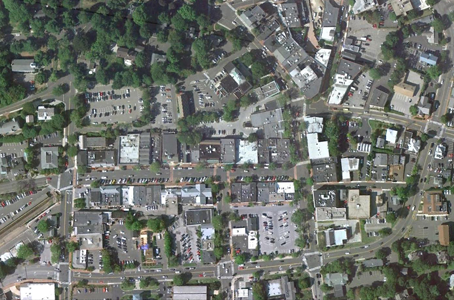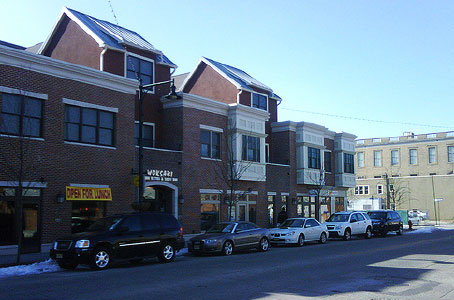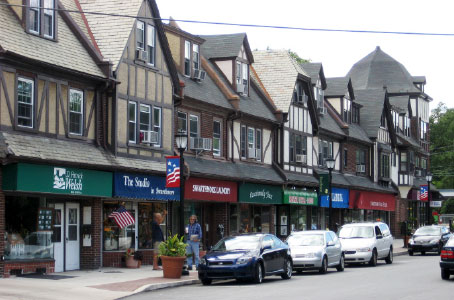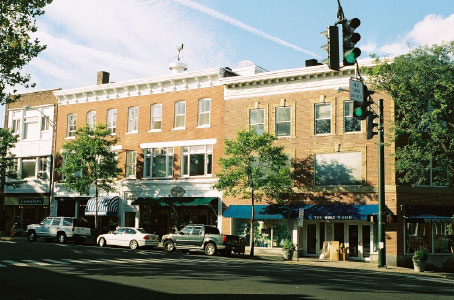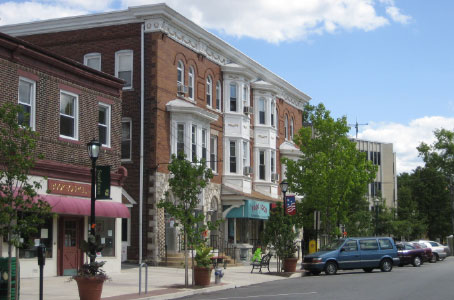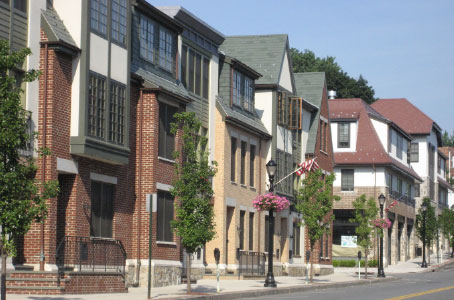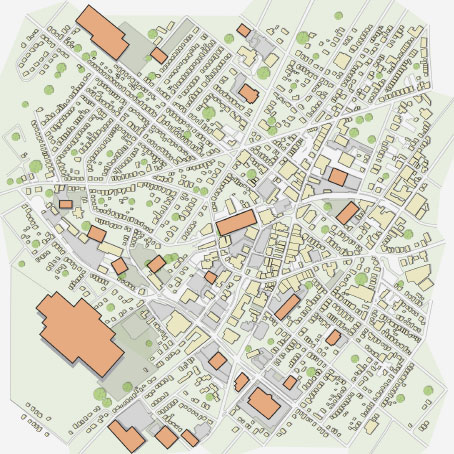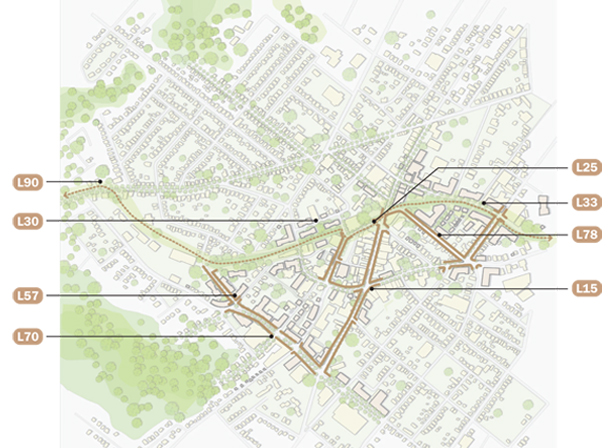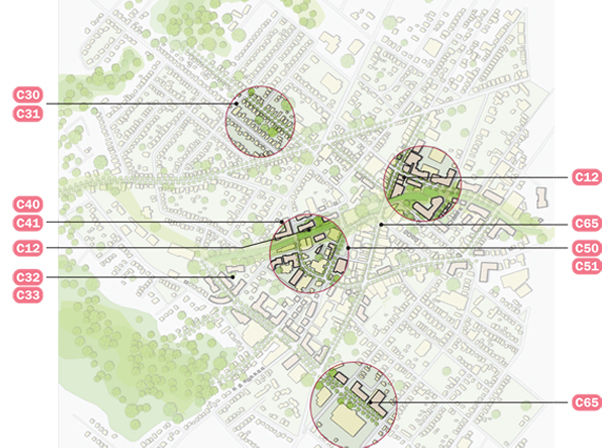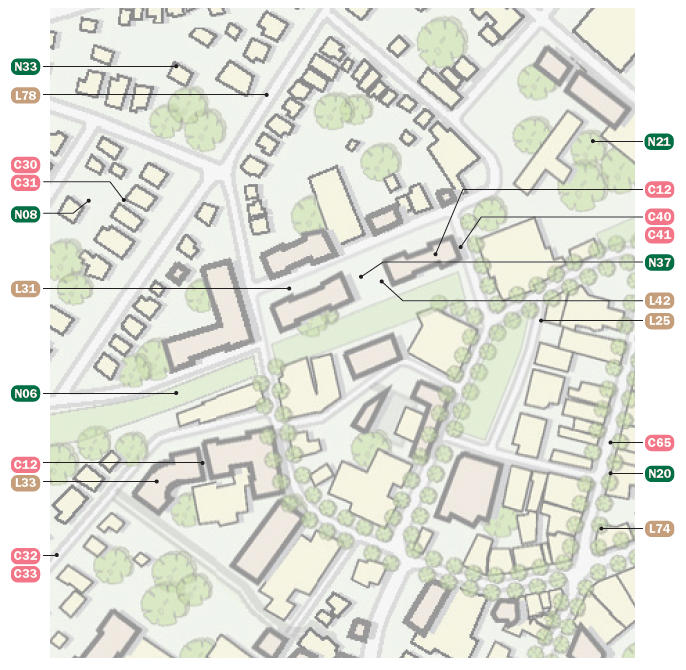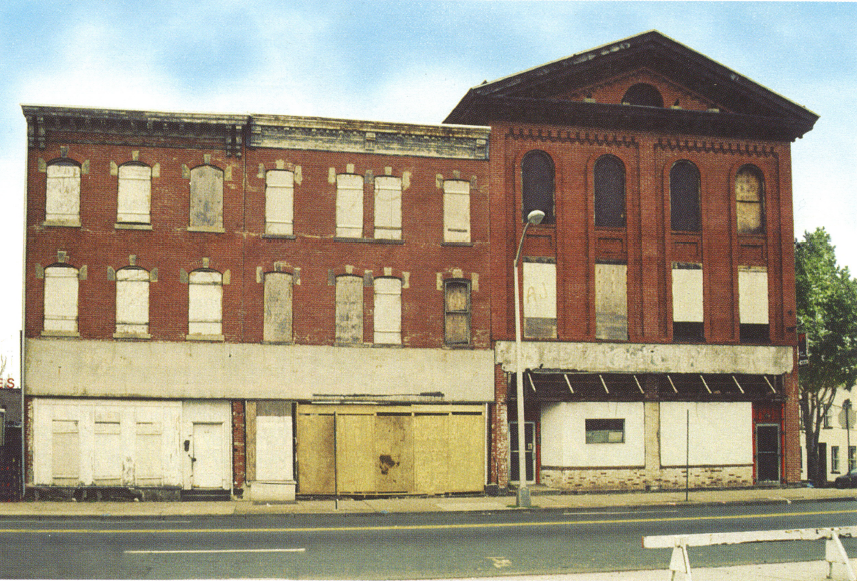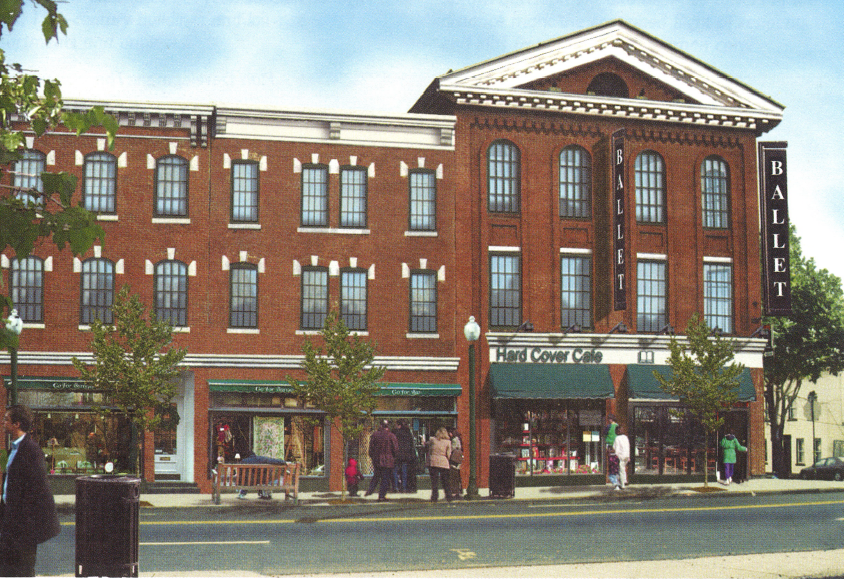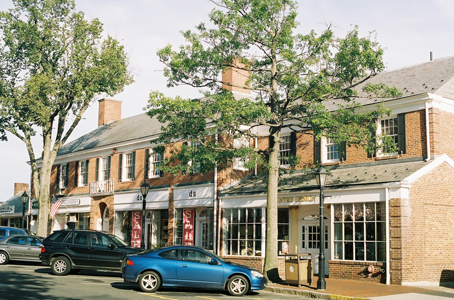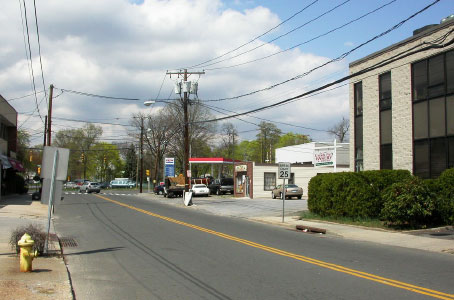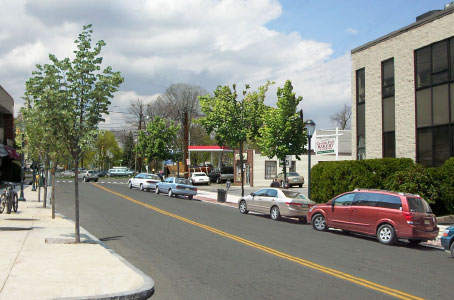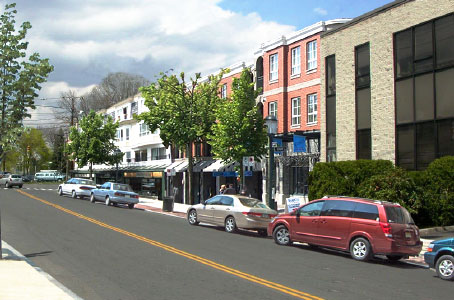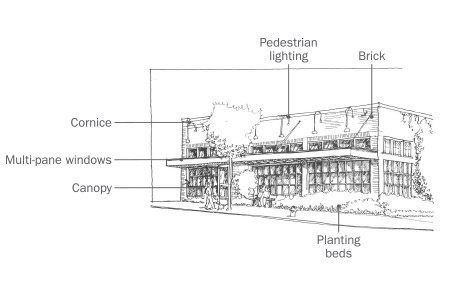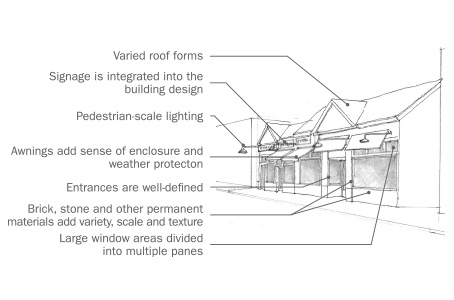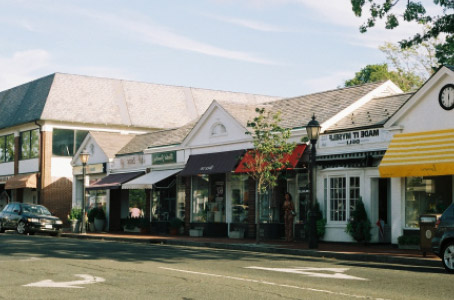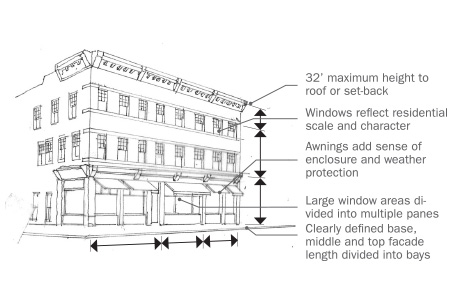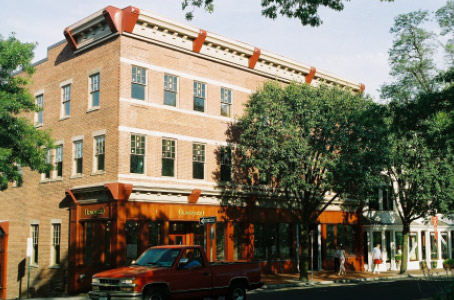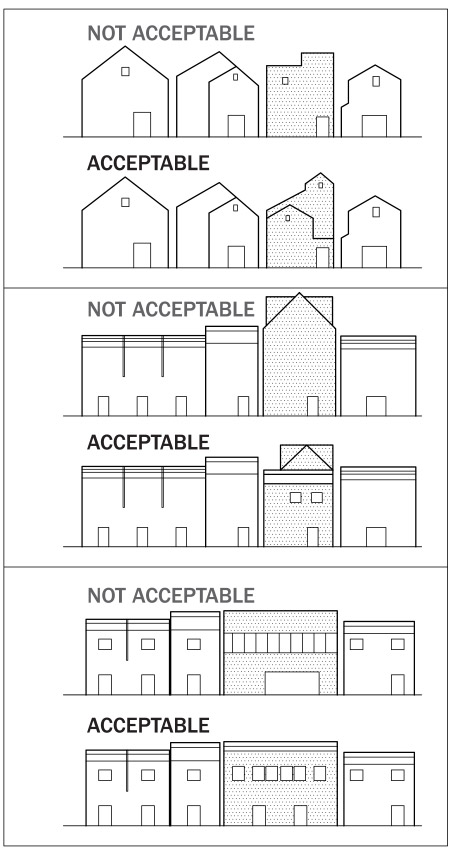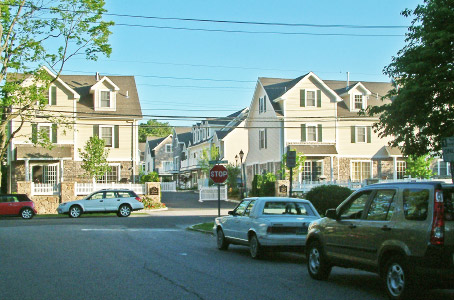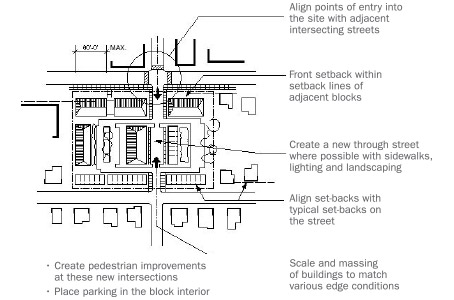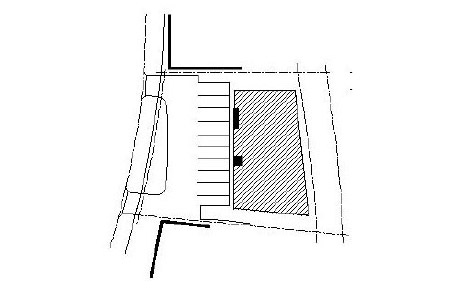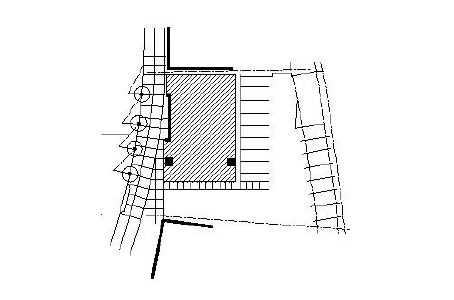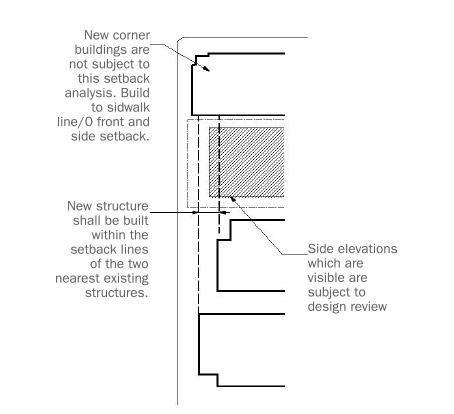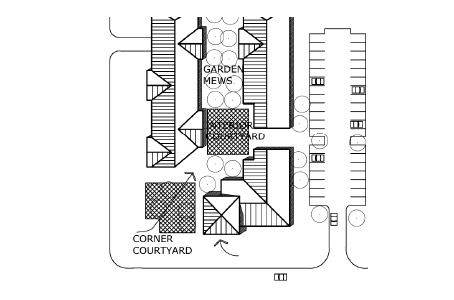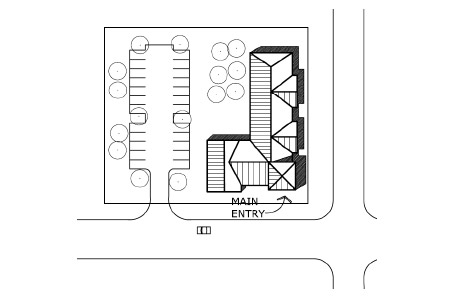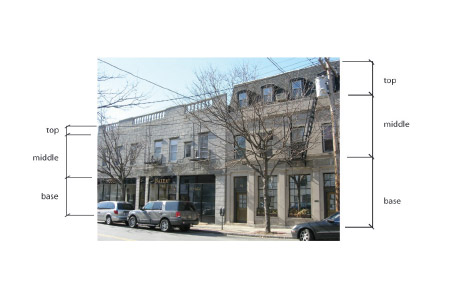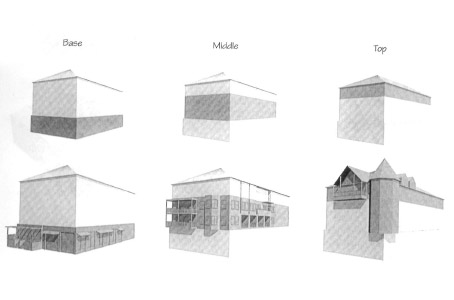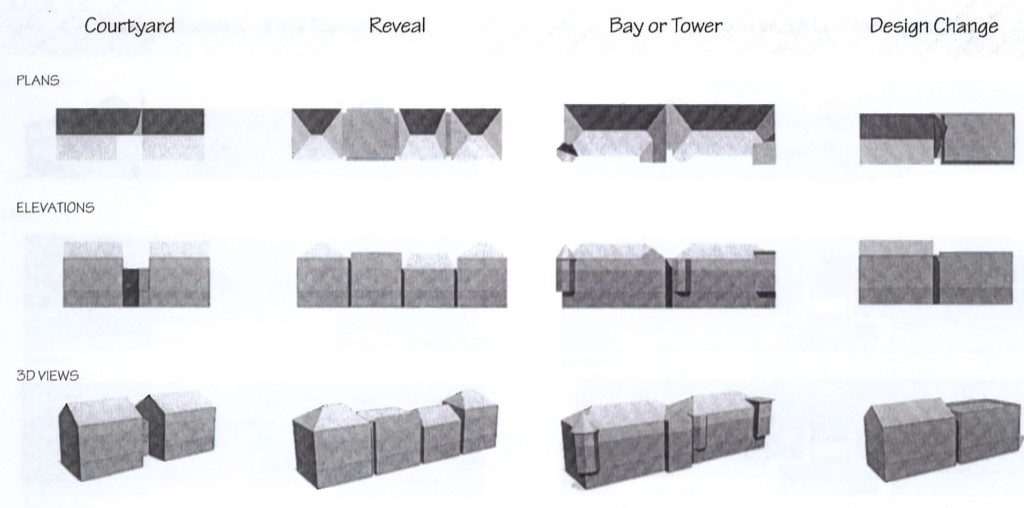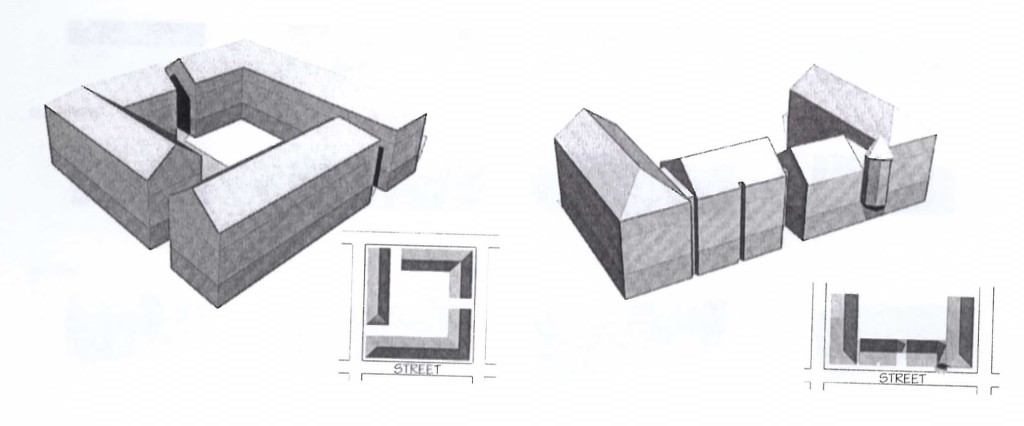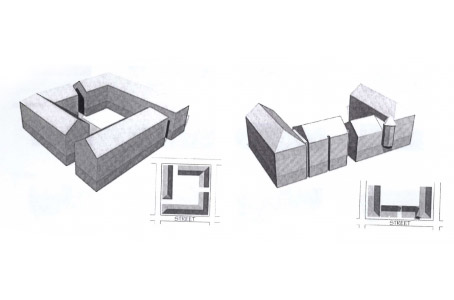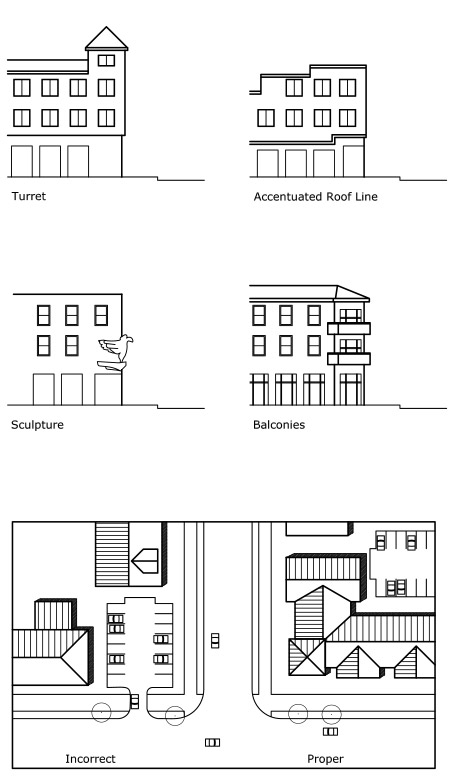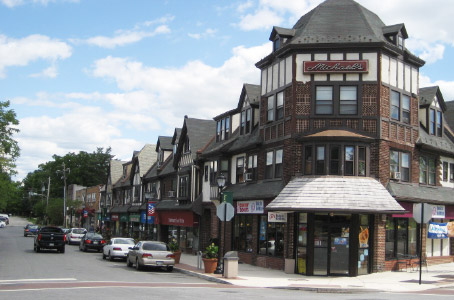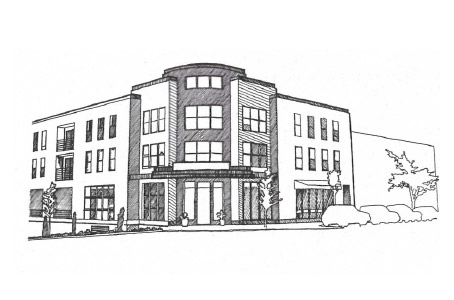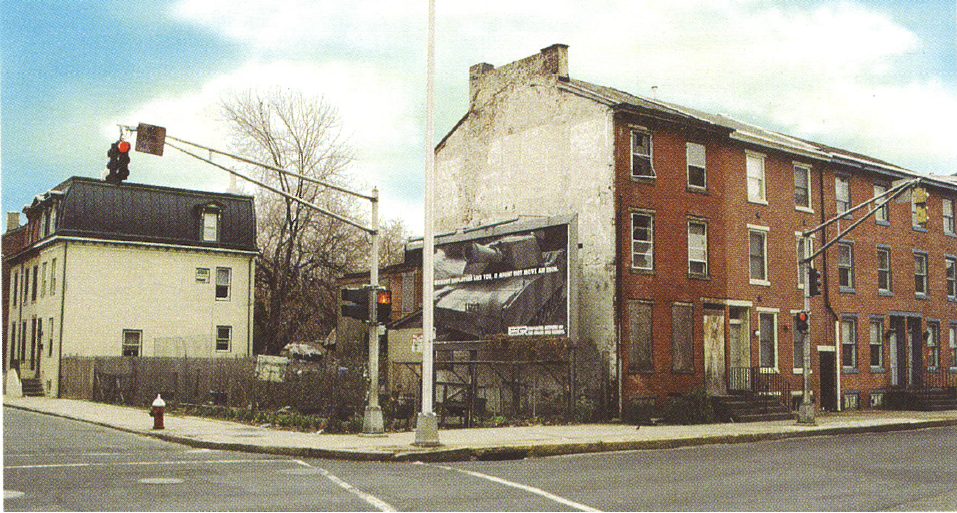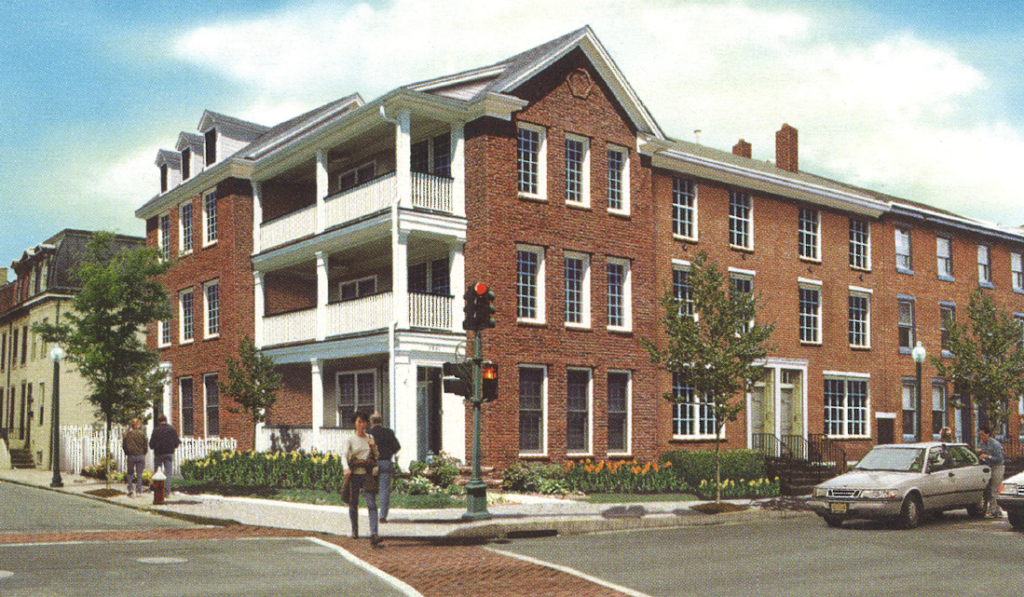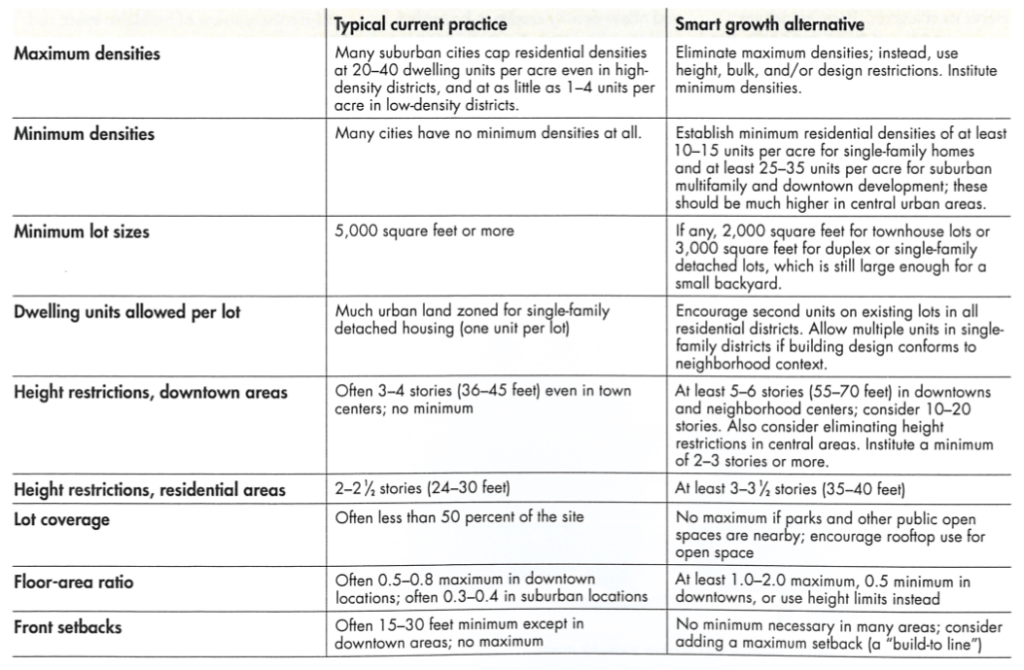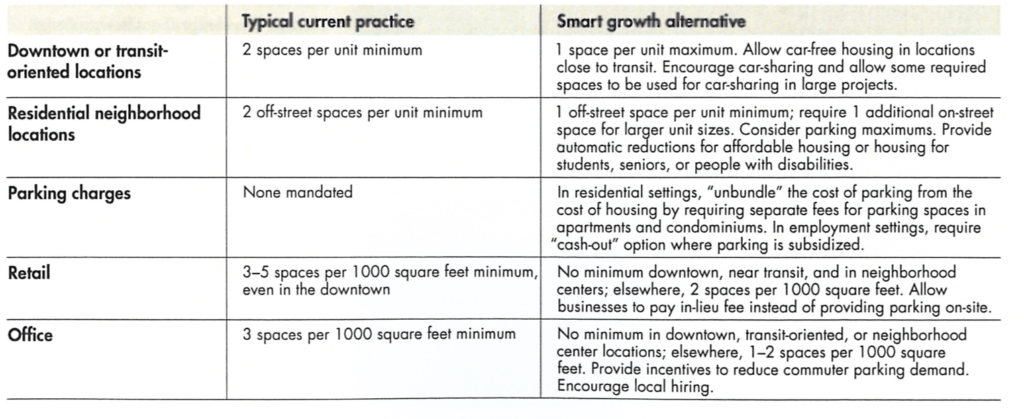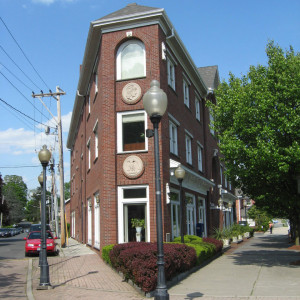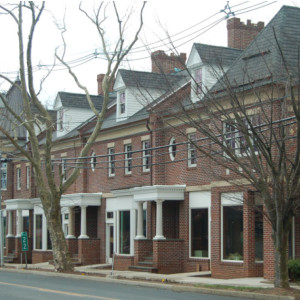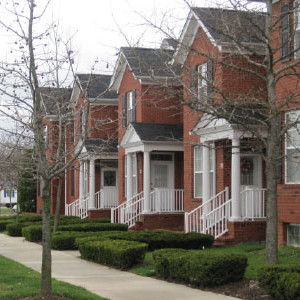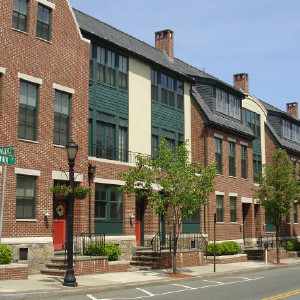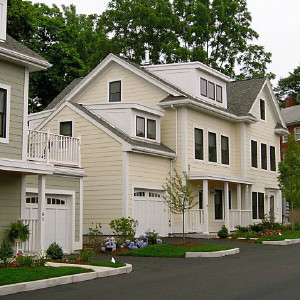Downtowns Overview
Common Characteristics of Downtowns:
- They often have a local main street.
- Many of the buildings are from the mid-20th century or before.
- There is a pattern of connected streets and blocks.
- There are mixed use buildings such as apartments over stores.
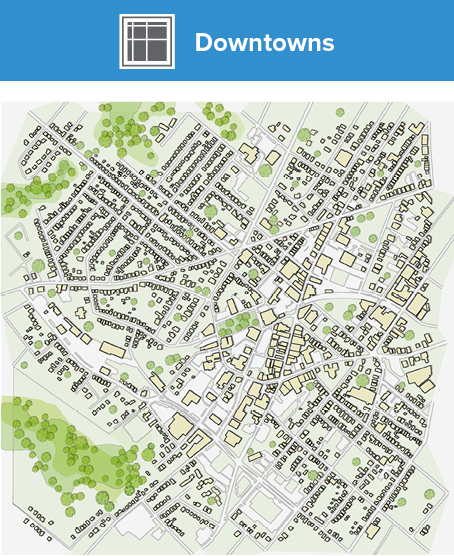
Downtowns are places that already contain a mix of activities associated with a complete community: places to shop, to work, civic and public spaces and a wide variety of housing types. They are capable of accommodating multiple forms of transportation, and municipal services (water, sewers, etc.) are in place.
Infill development within a downtown may take a variety of forms. It may be new buildings on vacant land or redevelopment of sites with underutilized or non-contributing buildings. It should also include the adaptive re-use of structures, enabled by a flexible approach to mixed-use and parking.
Within any downtown there will be places with different and unique character. There may be residential neighborhoods as well as mixed-use commercial areas that are more like traditional downtowns. Each of these will require its own regulations and guidelines. In particular, a special set of guidelines will be required for the commercial main street areas that create and promote the active, pedestrian-oriented environment associated with traditional main street: on street parking and flexible parking regulations (especially shared parking and reduced parking for small commercial businesses); uniform streetscape requirements for parking materials, signage, lighting and street trees; encouraging active ground-floor uses (especially retail); minimum requirements for transparency into ground floor stores; and prohibition or limitation of auto oriented uses (such as drive-thru businesses, gas stations, car washes).
Downtown Development Approaches
Zoning regulations promote traditional, compact mixed-use developments.
At larger redevelopment areas, the surrounding street area, block pattern is extended into the site and new greenways and other connections are created.
Environmental features are reinforced and help organize the center. Natural features, especially stream courses, are linked to elements of urban forestry (new parks, street trees) to create new linkages and amenities for residents.
Design guidelines ensure compatibility with context.
Flexible, creative parking regulations (shared parking, reduced requirements, location/configuration guidelines) enable contextual design solutions with high coverage and minimum setbacks.
Where land and development values can support it, parking is in structures but parking structures are not allowed to compromise the pedestrian experience; garages are lined with street-friendly uses and are architecturally compatible with adjacent architecture.
Buildings and sidewalks are designed to support existing or potential transit stops. This includes active streetfronts for buildings, adequate space for bus stops or other transit facilities and some increase in density near transit stops.
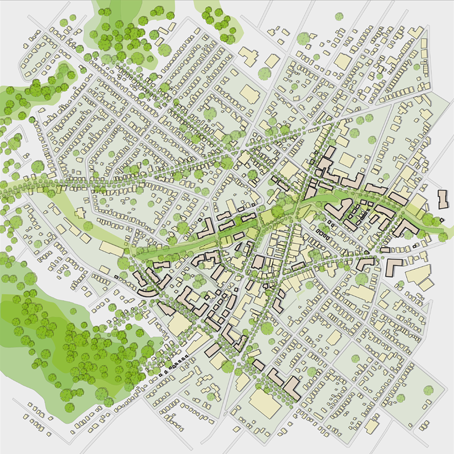
Preferred Best Practices for Downtowns
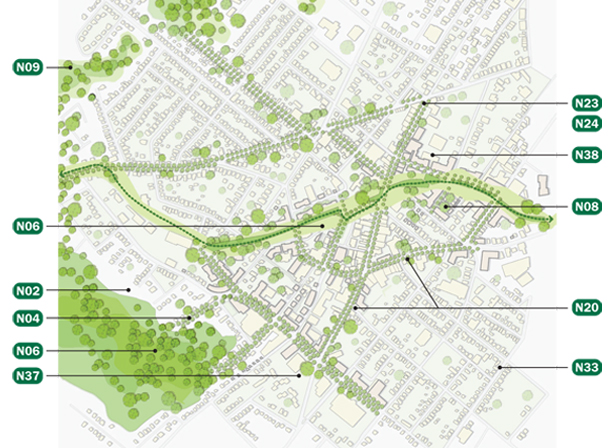
Create an Urban Forest
Create Linked Open Spaces
Protect Natural and Scenic Resources
Additional Downtowns Design Guidelines
Detail Plan: New Commercial District
Buildings are sited in ways that define streets and public spaces.
Parking is in structures, behind buildings, in the centers of blocks and otherwise not along the edges of streets and public spaces.
New buildings are designed in ways that make them compatible with existing buildings: in particular, the apparent bulk of buildings reduced through changes in massing.
The designs of buildings should respond to particular site conditions: important corners, buildings at the terminus of important view corridors.
There should be a comprehensive strategy for greening the center by linking green streets, parks and landscaped urban spaces.
Promote mixed-use buildings.
